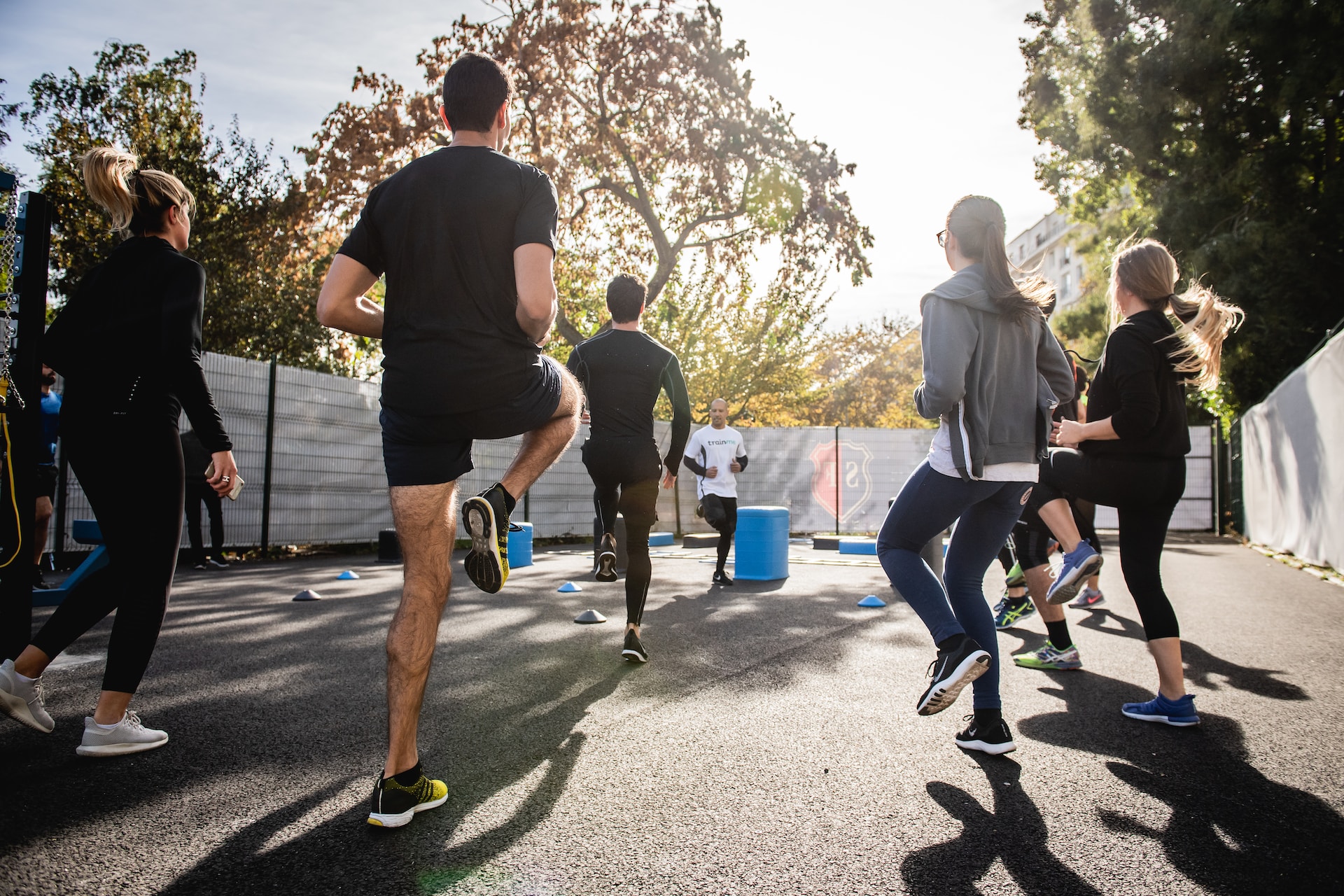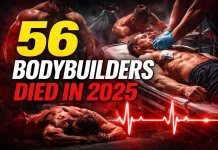Last Updated on December 4, 2023
A new course is available at Weik University on energy and cellular metabolism. Those interested in sitting through an easy course, no need to look any further because the class has just begun.
Everyone is guaranteed an “A” for the course as long as you sit through the course and pay attention (you can take notes if you wish). From there, all you have to do is take what you learned from the course and utilize it throughout your life.
Chapter 1: Energy and Chemical Reactions
Energy is stated as the capacity to do work. In the body, energy is necessary to perform biological work. Cell survival depends on chemical reactions to carry out functions and to build and maintain the cell structure.
Chemical reactions involve:
- The breakdown of chemical bonds in reactant molecules
- The formation of new chemical bonds in the product molecules
- Energy must either be added or released
The energy released when some of the chemical bonds of one molecule are broken can be transferred to another molecule. The functioning of a cell depends upon its ability to extract and use the chemical energy in organic molecules—this is accomplished through biochemical pathways in which carbohydrates, proteins, and fats are broken down to supply energy.
Chapter 2: Metabolism
Metabolism is referred to as all chemical reactions occurring in the body. There are two types of metabolism—catabolism and anabolism. Those who are into bodybuilding should understand the difference. Catabolism is where complex molecules are broken down into simpler ones due to chemical reactions for energy production (for example muscle being broken down and used as energy). Anabolism is where molecules are combined through chemical reactions and form more complex molecules. This creates new cellular material that is necessary for muscle growth and tissue repair.
Chapter 3: Cell Function
Cell function is dependent on the ability to extract and use chemical energy to perform work—whether it is mechanical, chemical, or to transport. As mentioned before, energy can be transferred to another molecule. With that being said, energy released from each of the steps in the catabolic pathway can be transferred to other molecules. ATP is the molecule that the body uses to transfer energy from fuel molecules to cell functions. ATP is not stored or transported, so it must be recycled continuously within each cell. Therefore, energy must be added or released.
Chapter 4: Enzymes
Enzymes are proteins that increase the rate of reaction and are biological catalysts. They have a distinctive shape that determines its function. Enzymes have an active site for the binding of reactant molecules. They exhibit specificity and saturation. Some enzymes require cofactors to be active. Organic molecules which are cofactors are known as coenzymes (derived from vitamins).
Which biochemical reactions are taking place is dependent on what enzymes are present and active. There is a high-energy requirement to create phosphate bonds, so when phosphate is broken, energy is released and can be used by the body.
Chapter 5: Inorganic Molecules
Inorganic molecules are gases, minerals, and water. Minerals are elements extracted from soil and plants and passed up the food chain. Water is a polar molecule that exhibits special properties such as:
Solvency
The ability to dissolve matter as well as transportation
Hydrophilic
Substances that dissolve in water such as sugar
Hydrophobic
Substances that don’t dissolve in water such as fats
Virtually all metabolic reactions depend on this property
Adhesion
The tendency of one substance to cling to another
Water adheres to tissues and forms a lubricating film on membranes
Cohesion
The tendency of molecules of the same substance to cling to each other
Forms hydrogen bonds
The basis for surface tension and thermal stability
Thermal Stability
Water stabilizes body temperature and makes water an effective coolant
Chemical Reactivity
Promotes chemical reactions and participates in many of them as a reactant or product
Chapter 6: Organic Molecules
Compounds:
Carbohydrates
Monosaccharides
Which could be Fructose/Glucose
They are the simplest carbohydrates
Disaccharides
They are monosaccharides combined in pairs to form sugars such as sucrose, lactose, maltose
Polysaccharides
They are glucose-forming long chains such as starch, cellulose, glycogen
Lipids
They are molecules that are insoluble in water
The ratio of hydrogen to carbon is considerably higher
Fatty acids
They are a chain of usually 4-24 carbon atoms with a carboxyl group at one end and a methyl group at the other
Triglycerides
They are molecules consisting of 3 fatty acids covalently bonded to a 3 carbon alcohol
Phospholipids
They are a phosphate group linked to other functional groups
Eicosanoids
They are 20 carbon compounds derived from a fatty acid
They are also hormone-like chemical signals between cells
Steroids
This could consist of cholesterol, testosterone, estrogen
17 of its carbon atoms are arranged in 4 rings
Nucleotides (nucleic acids)
Adenosine triphosphate (ATP)
Nucleic acids DNA and RNA
Proteins
They are a polymer of amino acids
Amino acids come together to form polypeptides
Polypeptide
They come together to form protein
The number and sequence of the amino acids determine the protein formed
Proteins can change their conformations, which is very important in their functioning
The mechanisms for controlling cell function center on the control of protein activity
Regulation of protein synthesis determines the types and amounts of proteins in the cell
Conclusion
This course was a cliff-note version on energy and cellular metabolism. There is so much information out there that gets more in-depth on the topic than what we got into with this course. The information found in this course will help you understand a little more about what your body does at a cellular level and will hopefully give you a better appreciation of what your body does on a daily basis without you even knowing or feeling it.
Hopefully, this brief course on energy and cellular metabolism perked your curiosity about the human body and how it works. If so, you are in luck because there are more courses available to help you understand the human body on the way. Stay tuned!







